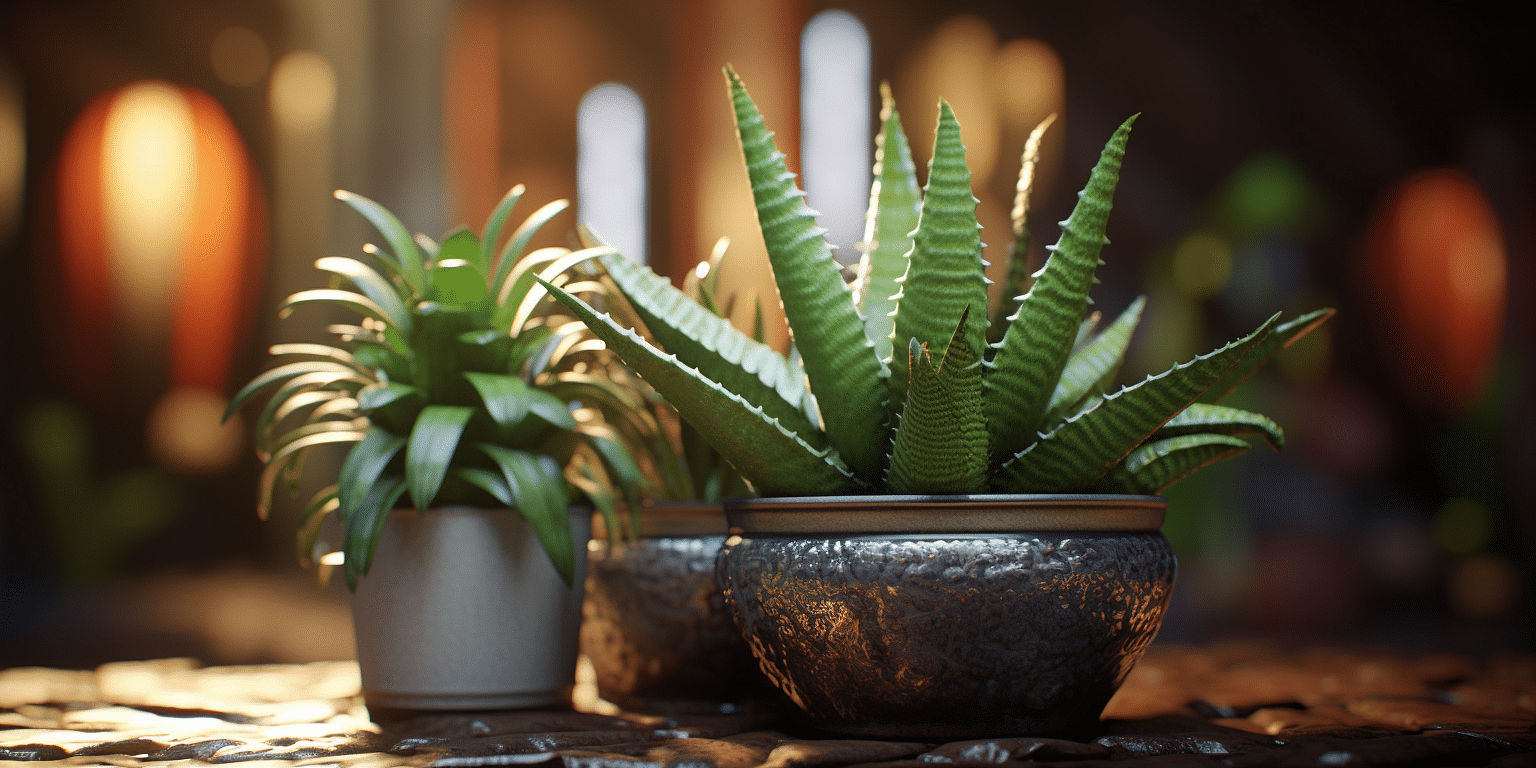
In a remarkable scientific breakthrough, Japanese researchers have captured plants “talking” to each other on video for the first time. Led by molecular biologist Masatsugu Toyota from Saitama University, the team’s findings, published in Nature Communications, show plants communicating through chemicals to warn each other of dangers like insect attacks or physical harm.
This fascinating study focuses on the communication between undamaged plants and their damaged neighbours. When plants are harmed, they release chemicals called volatile organic compounds (VOCs). The researchers discovered that nearby plants, which are not harmed, can detect these VOCs. To observe this, the team used a unique setup involving Arabidopsis thaliana plants, a common weed related to mustard. These plants were genetically modified to glow green when they detected stress signals.
<div class="tweet embed" contenteditable="false" id="1748531903165022615?ref_src=twsrc%5Etfw%7Ctwcamp%5Etweetembed%7Ctwterm%5E1748531903165022615%7Ctwgr%5Eff32a279b6212a00a7d427e53bc80e77d2ea8e0e%7Ctwcon%5Es1_&ref_url=https%3A%2F%2Fwww.ndtv.com%2Fscience%2Fon-camera-scientists-capture-plants-talking-to-each-other-for-the-first-time-4916301" data-id="1748531903165022615?ref_src=twsrc%5Etfw%7Ctwcamp%5Etweetembed%7Ctwterm%5E1748531903165022615%7Ctwgr%5Eff32a279b6212a00a7d427e53bc80e77d2ea8e0e%7Ctwcon%5Es1_&ref_url=https%3A%2F%2Fwww.ndtv.com%2Fscience%2Fon-camera-scientists-capture-plants-talking-to-each-other-for-the-first-time-4916301" data-url="https://twitter.com/HoneyGirlGrows/status/1748531903165022615?ref_src=twsrc%5Etfw%7Ctwcamp%5Etweetembed%7Ctwterm%5E1748531903165022615%7Ctwgr%5Eff32a279b6212a00a7d427e53bc80e77d2ea8e0e%7Ctwcon%5Es1_&ref_url=https%3A%2F%2Fwww.ndtv.com%2Fscience%2Fon-camera-scientists-capture-plants-talking-to-each-other-for-the-first-time-4916301" data-html="
If #plants could talk, they’d do so thru chemical signals about predators (aphids, caterpillars, gardeners with shears/pesticides…). Plants CAN talk (which we’ve known), but molecular biologists at Saitama University in Japan caught it 1st on film. https://t.co/44gXzMerK5 pic.twitter.com/DcLAlV1iti
— HoneyGirlGrows (@HoneyGirlGrows) January 20, 2024
” data-type=”tweet” align=”center”>
If #plants could talk, they’d do so thru chemical signals about predators (aphids, caterpillars, gardeners with shears/pesticides…). Plants CAN talk (which we’ve known), but molecular biologists at Saitama University in Japan caught it 1st on film. https://t.co/44gXzMerK5 pic.twitter.com/DcLAlV1iti
— HoneyGirlGrows (@HoneyGirlGrows) January 20, 2024
The experiment used an air pump connecting a container of leaves and caterpillars to another chamber with the Arabidopsis plants. When the leaves were damaged, they released VOCs. The Arabidopsis plants detected these VOCs and responded by glowing green, indicating they received the distress signal.
This discovery is built on earlier observations from 1983 about plant communication but goes much further. It shows the exact way plants communicate about threats, helping their neighbors prepare for similar dangers. Plants not only use chemical signals but also electrical signals and a network of roots and fungi underground for communication. This complex system allows them to share nutrients and information, demonstrating a sophisticated form of interaction and cooperation in the plant world.
Understanding this communication is crucial for many reasons. It sheds light on how plant communities respond to environmental challenges and can help improve agricultural practices, forestry, and conservation efforts. This research helps us see plants in a new light, as active communicators in their ecosystems, intricately connected to and supporting each other.
The study by Toyota and his team opens up a new understanding of the plant kingdom, showing that plants are far more interactive and responsive to their environment than previously thought. This discovery is not just a scientific achievement but also a fascinating glimpse into the complex and interconnected world of plants.


![Read more about the article [Funding alert] IIT Delhi-backed Clensta raises Rs 5Cr from N+1 Capital](https://blog.digitalsevaa.com/wp-content/uploads/2021/05/Imagec23m-1622095988087-300x150.jpg)


![Read more about the article [Funding alert] Vivriti Capital raises $55M in Series C round from Lightstone India, Creation Investments](https://blog.digitalsevaa.com/wp-content/uploads/2022/03/Vivritico-foundersGauravandVineet-1584531268551-300x151.jpg)



![Read more about the article [Weekly funding roundup] Venture investments drop below $21M in the first week of May](https://blog.digitalsevaa.com/wp-content/uploads/2021/05/Weeklyimage-1577460362436-300x150.png)
